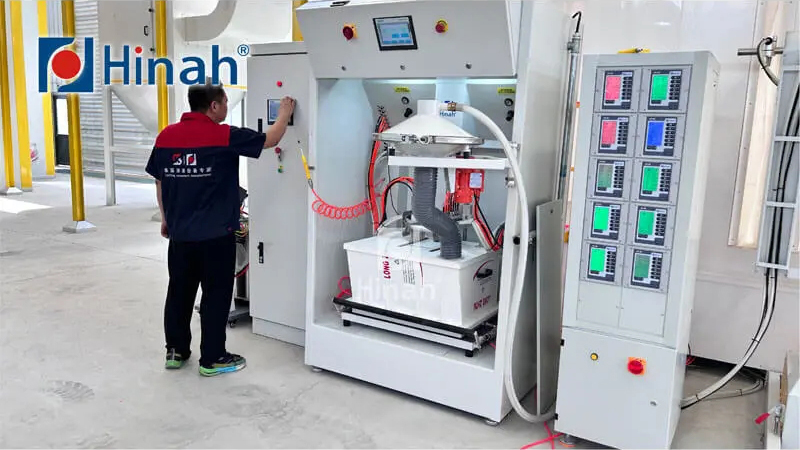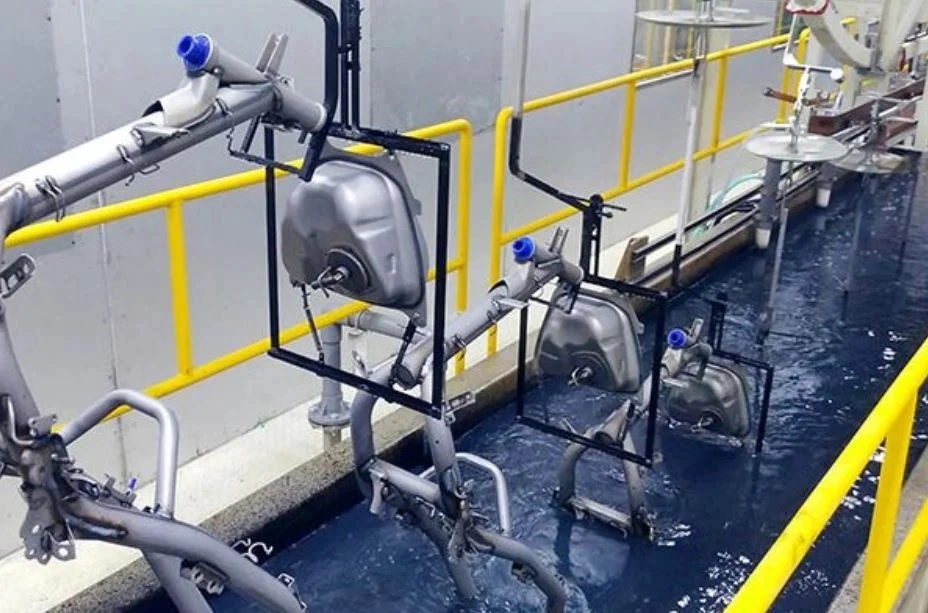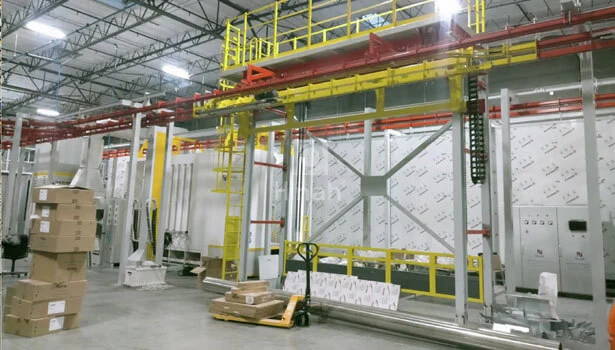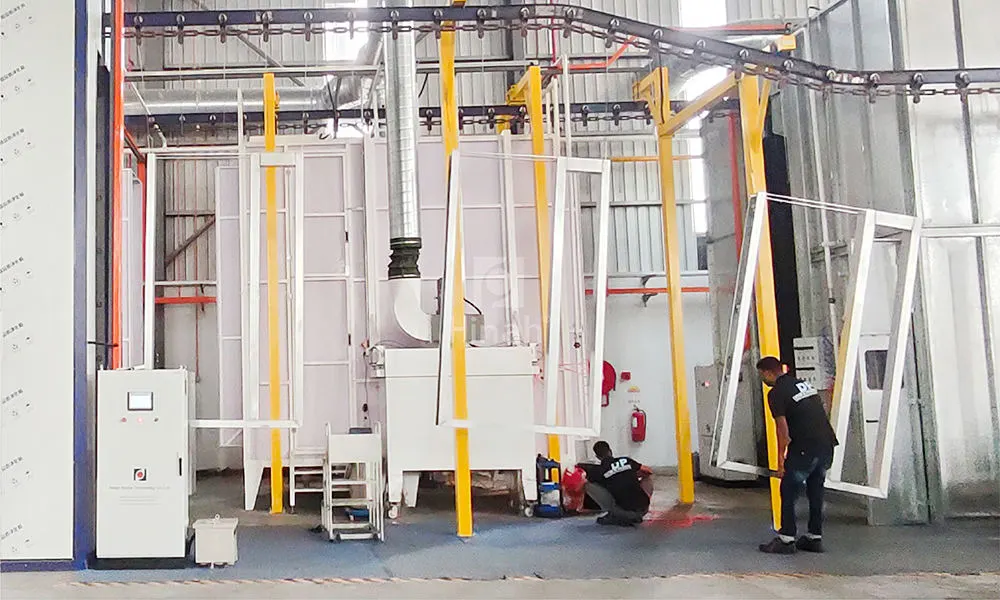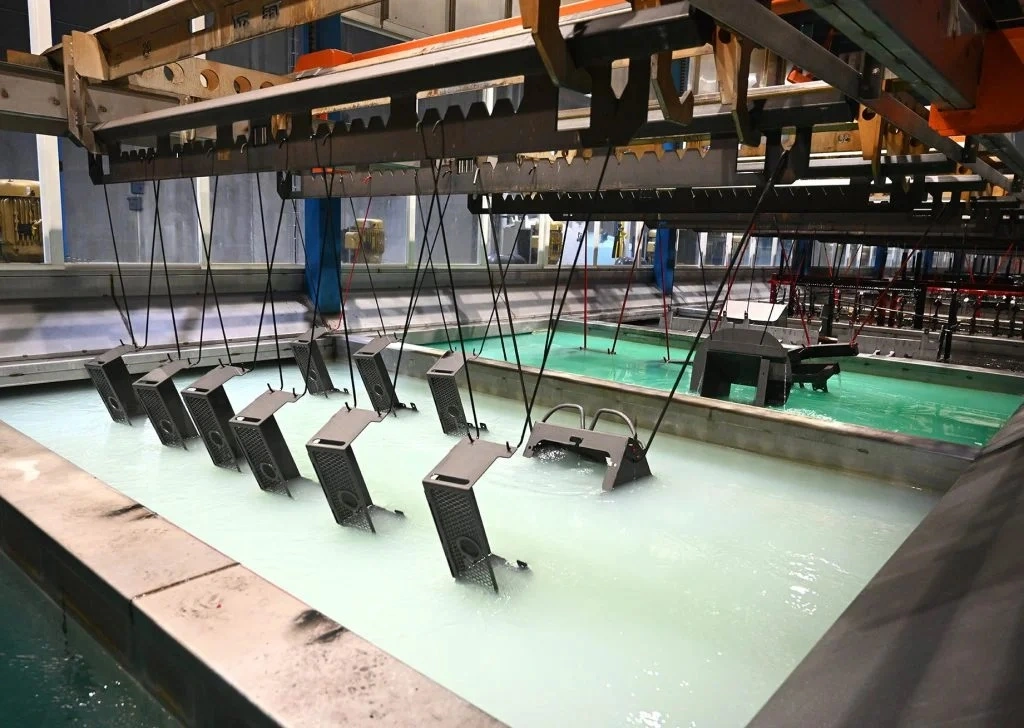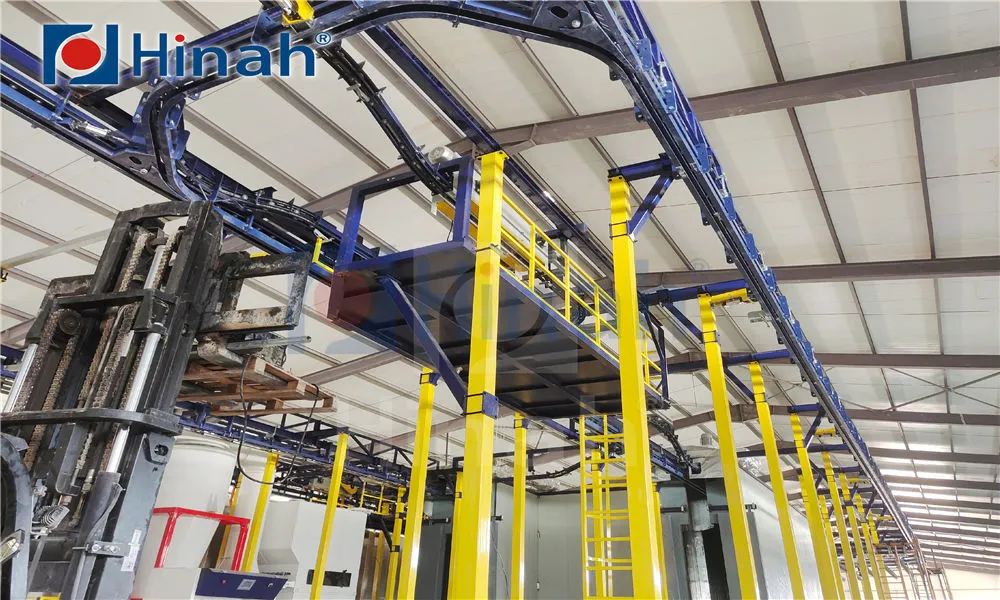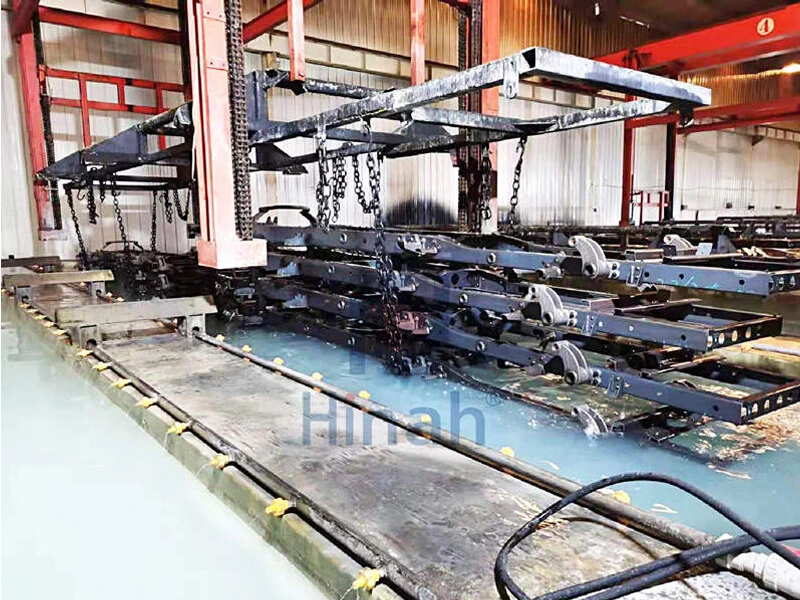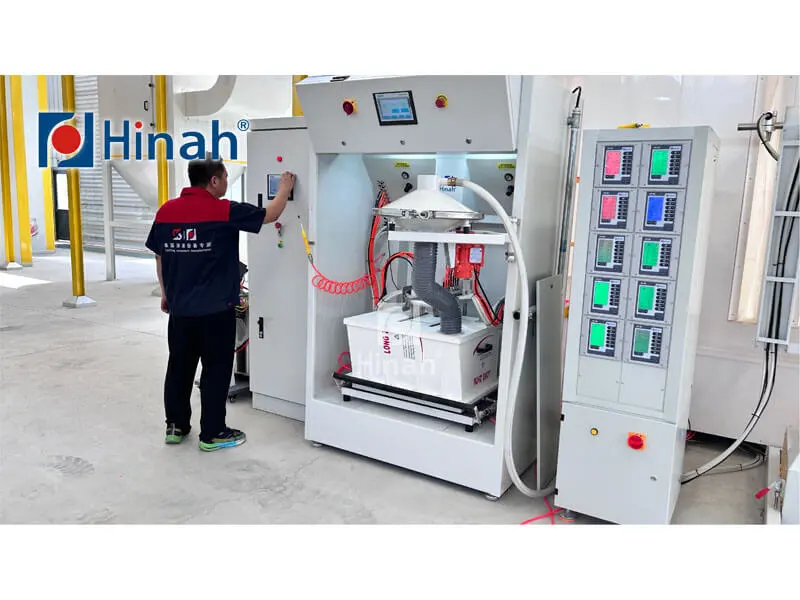In an era defined by climate change and resource scarcity, the conversation is shifting from whether to implement eco-friendly practices to how to do it most effectively. At the heart of this transition lies environmental protection equipment. While traditional methods often focused on end-of-pipe solutions or simple waste disposal, modern environmental protection equipment represents a technological leap, integrating smart systems, material science, and data analytics to not just manage, but prevent pollution. For businesses, municipalities, and even individuals, understanding the scope and sophistication of this equipment is crucial for making informed decisions that benefit both the planet and the bottom line. This article breaks down the critical categories of environmental protection equipment and how they are fundamentally changing our approach to planetary stewardship.
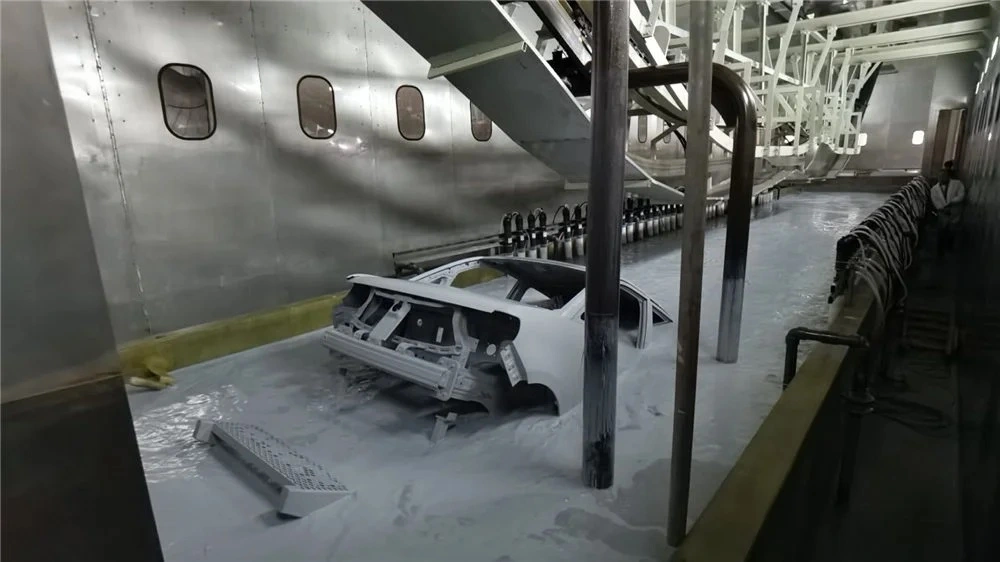
Gone are the days when environmental protection equipment was synonymous with a simple scrubber on a smokestack. Today, it encompasses a vast and sophisticated array of technologies designed to address pollution in air, water, and soil, as well as to manage waste and monitor environmental conditions. This equipment can be physical machinery, complex filtration systems, or even advanced sensor networks. The core purpose remains constant: to mitigate the negative impact of human activity by controlling, reducing, or eliminating pollutants and by promoting the sustainable use of resources. From massive industrial installations to compact home devices, the evolution of this equipment is a testament to human ingenuity in solving the complex environmental challenges we face.
Air Pollution Control: The Tech Behind Cleaner Skies
One of the most visible applications of environmental protection equipment is in controlling air pollution. Industrial facilities and power plants are major sources of particulate matter (PM), sulfur oxides (SOx), nitrogen oxides (NOx), and volatile organic compounds (VOCs). Modern systems are highly effective at abating these emissions.
Electrostatic Precipitators (ESPs): These work by ionizing dust particles in the exhaust gas and then attracting them to collector plates using a high-voltage charge. They are exceptionally efficient at removing fine particulates from industrial flue gases.
Baghouse Filters: Acting like giant vacuum bags, these systems filter dust-laden gas through fabric filters, capturing even sub-micron particles. They are widely used in industries like cement production and metalworking.
Scrubbers (Wet and Dry): Scrubbers are designed to remove acidic gases like SOx and NOx. Wet scrubbers use a liquid (often a slurry or alkaline solution) to absorb the pollutants, while dry scrubbers use a dry reagent or slurry which reacts with the acid gases.
Catalytic Converters: While common in vehicles, industrial-scale catalytic converters use catalysts to convert harmful gases like NOx into harmless nitrogen and oxygen.
This category of environmental protection equipment is directly responsible for significant improvements in urban air quality and public health.
Water and Wastewater Treatment: From Contamination to Purity
Ensuring a clean and safe water supply is another cornerstone of environmental protection. The environmental protection equipment used in this sector treats everything from municipal sewage to highly toxic industrial effluent.
Primary Treatment: This involves physical equipment like screens and grit chambers to remove large solids and debris, followed by sedimentation tanks where heavier solids settle out.
Secondary Treatment: This biological stage uses aeration tanks and bioreactors. Here, microorganisms are employed to break down dissolved organic pollutants. Key equipment includes diffused aeration systems and membrane bioreactors (MBRs).
Tertiary/Advanced Treatment: To achieve even higher purity standards, advanced environmental protection equipment is used. This includes technologies like ultra-filtration and reverse osmosis membranes, which can remove microscopic contaminants, salts, and even pathogens. UV disinfection systems are also a chemical-free way to eradicate harmful bacteria and viruses.
Sludge Handling Equipment: The treatment process produces sludge, which is itself treated by equipment like centrifuges, belt filter presses, and digesters to reduce volume and produce biogas, a renewable energy source.
Waste Management and Recycling: Turning Trash into Treasure
The linear "take-make-dispose" model is unsustainable. Modern environmental protection equipment is pivotal in advancing the circular economy by improving how we manage solid waste.
Material Recovery Facilities (MRFs): These are highly mechanized plants equipped with conveyor belts, optical sorters, screens, and magnets to automatically separate different types of recyclables (paper, plastic, metals, glass) from the mixed waste stream.
Waste-to-Energy (WtE) Incinerators: Modern WtE plants are a form of environmental protection equipment that safely combusts non-recyclable waste under controlled conditions. The heat generated produces steam to drive turbines and create electricity, reducing landfill volume while generating power.
Anaerobic Digesters: This equipment breaks down organic waste (like food scraps and agricultural waste) in the absence of oxygen, producing biogas (for energy) and digestate (a nutrient-rich fertilizer).
Compactors and Balers: These machines reduce the volume of waste, making transportation more efficient and saving significant landfill space.
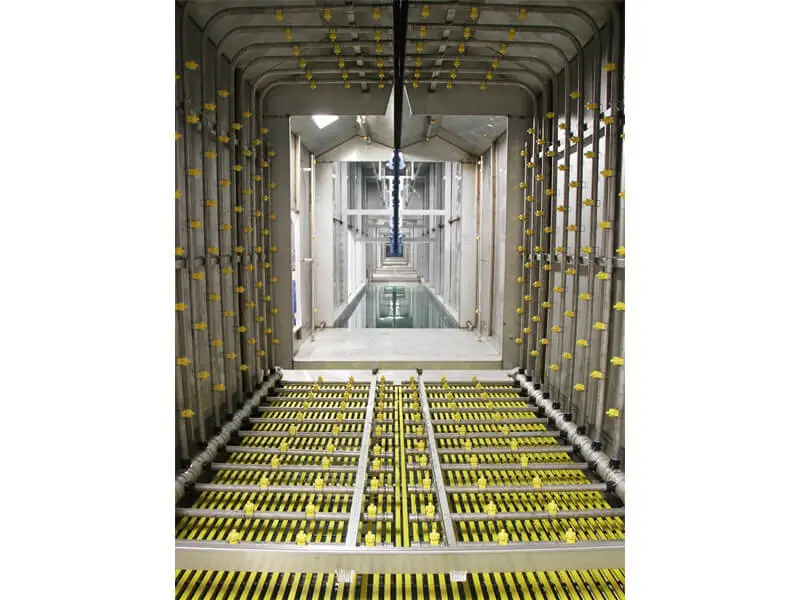
Soil and Groundwater Remediation: Healing the Earth
Addressing historical contamination is a critical function of environmental protection equipment. When soil or groundwater is polluted by industrial spills, leaks, or improper waste disposal, specialized remediation technologies are deployed.
Soil Washing Systems: This equipment uses water-based solutions to scrub contaminated soil, separating fine, polluted particles from clean coarse material.
Air Sparging and Soil Vapor Extraction (SVE): This involves injecting air into contaminated groundwater to volatilize pollutants, which are then extracted from the soil above using a vacuum system.
Pump-and-Treat Systems: This is a classic method where contaminated groundwater is pumped to the surface and treated using above-ground environmental protection equipment like air strippers or carbon filters before being re-injected or discharged.
Bioremediation Enhancements: While often a natural process, it can be accelerated with equipment that injects oxygen or nutrients into the ground to stimulate the growth of pollutant-eating bacteria.
Environmental Monitoring and Analytics: The Brains of the Operation
The sophistication of modern environmental protection equipment is not limited to treatment alone. A new generation of monitoring devices provides the critical data needed for proactive environmental management.
Continuous Emissions Monitoring Systems (CEMS): These are installed in industrial stacks to provide real-time data on the concentration of pollutants being released, ensuring regulatory compliance.
Ambient Air Quality Monitors: Stationary and mobile sensors placed throughout cities measure levels of PM2.5, PM10, Ozone, CO, and NO2, providing public data and informing policy.
Remote Sensing: Satellites and drones equipped with specialized sensors can monitor deforestation, track oil spills, and detect methane leaks over vast areas, representing a macro-scale application of environmental protection equipment.
Water Quality Sensors: Deployed in rivers, lakes, and treatment plants, these devices continuously measure parameters like pH, dissolved oxygen, turbidity, and specific chemical contaminants.
This data-driven approach allows for more precise control of other equipment, early warning of pollution events, and transparent reporting.
The Future Trajectory of Environmental Protection Equipment
The future of environmental protection equipment is intelligent, integrated, and efficient. The trend is moving towards the Internet of Things (IoT), where sensors and treatment systems communicate with each other to optimize performance and energy use in real-time. Artificial Intelligence (AI) is being used to predict system failures and optimize chemical dosing in treatment plants. Furthermore, the development of new nanomaterials promises more efficient filters and catalysts. The focus is also shifting towards decentralized, modular systems that can be deployed in remote areas or for specific industrial applications, making advanced environmental protection equipment more accessible than ever before.
Frequently Asked Questions (FAQs)
Q1: What is the single most important type of environmental protection equipment?
A1: There isn't a single "most important" type, as the criticality of equipment depends entirely on the specific environmental challenge being addressed. For a city with poor air quality, air pollution control systems are paramount. For a region with water scarcity, advanced wastewater treatment and recycling equipment are most vital. A comprehensive strategy that integrates various types of environmental protection equipment is always the most effective approach.
Q2: Is investing in environmental protection equipment cost-effective for a small business?
A2: Absolutely. While there is an upfront cost, the long-term savings can be substantial. This includes reduced waste disposal fees, lower energy and water bills due to increased efficiency, potential revenue from recycled materials, and avoidance of regulatory fines. Furthermore, it enhances brand image and can be a powerful marketing tool to attract environmentally conscious customers.
Q3: How does environmental protection equipment contribute to fighting climate change?
A3: This equipment plays a direct and indirect role. Directly, Waste-to-Energy plants reduce methane emissions from landfills (a potent greenhouse gas), while air pollution control systems often capture gases that contribute to global warming. Indirectly, recycling equipment conserves energy compared to virgin material production, and advanced water treatment enables water reuse, saving the massive energy required for long-distance water transportation.
Q4: What's the difference between pollution control and pollution prevention?
A4: Environmental protection equipment has evolved from focusing mainly on "pollution control" (or "end-of-pipe" solutions) to enabling "pollution prevention." Control involves treating waste after it has been created (e.g., scrubbing smokestack emissions). Prevention involves changing processes to generate less or no waste in the first place. Modern equipment supports both; for example, monitoring equipment can help identify process inefficiencies that lead to waste, allowing for preventative changes.
Q5: Can individuals use environmental protection equipment at home?
A5: Yes, many scaled-down versions of this equipment are available for residential use. High-efficiency particulate air (HEPA) filters are a form of air pollution control for your home. Home water filtration systems (reverse osmosis or activated carbon filters) are personal water treatment plants. Home composters are a form of organic waste management equipment. Adopting these technologies allows individuals to directly reduce their personal environmental footprint.


